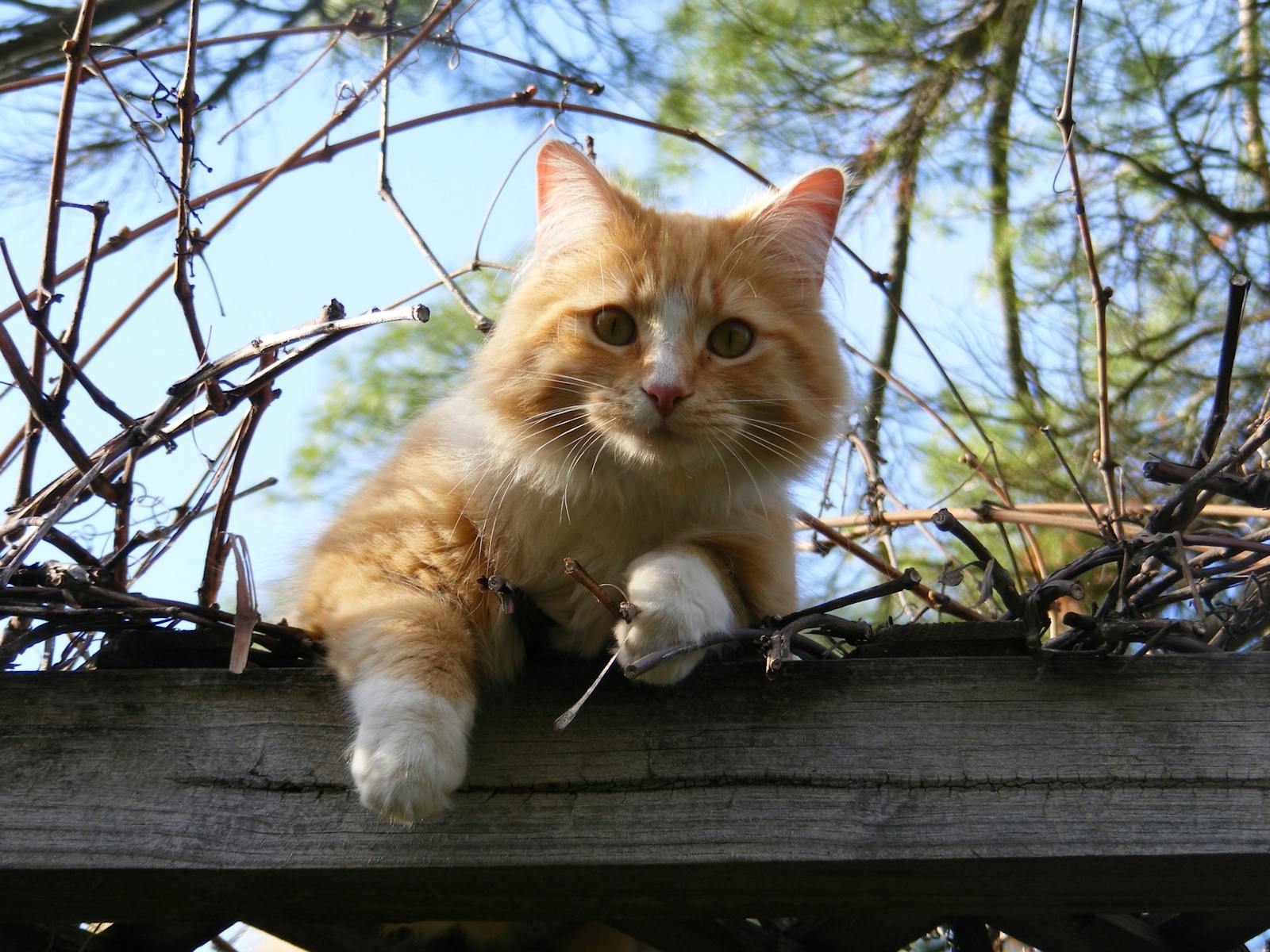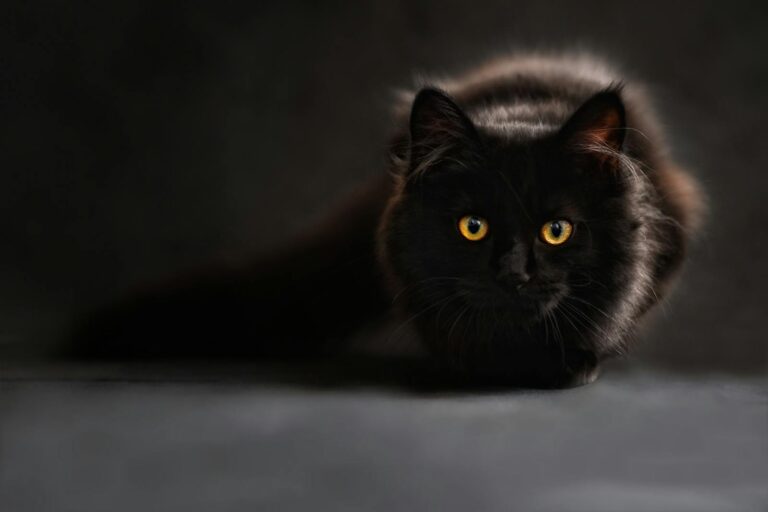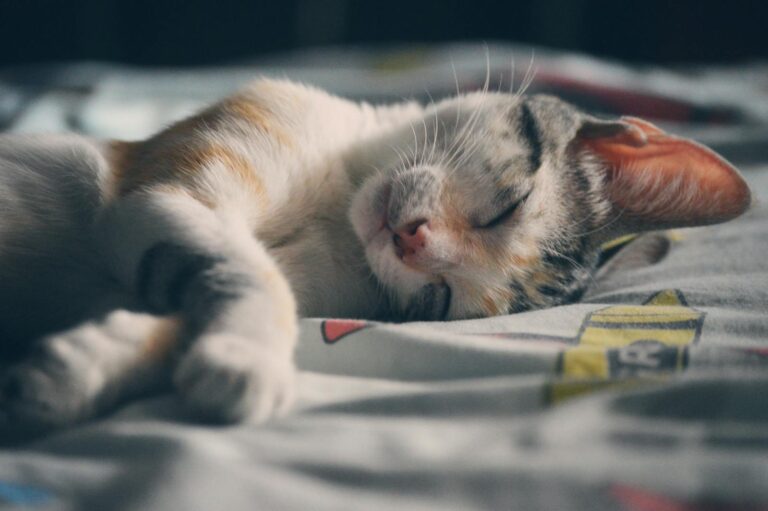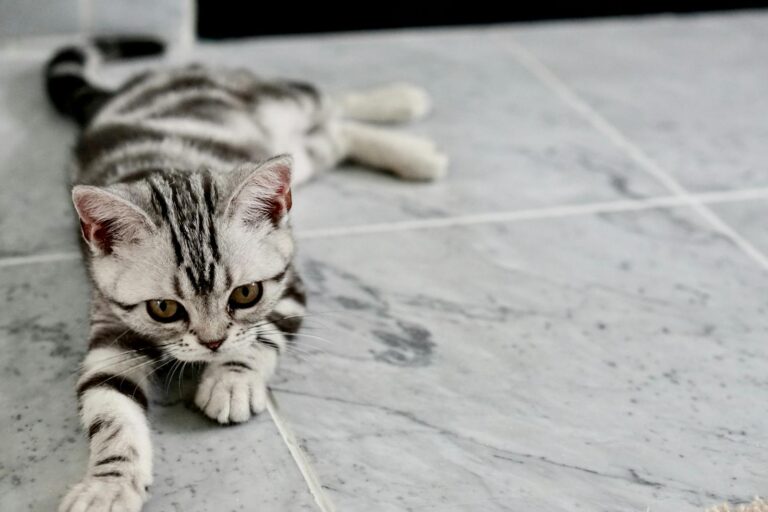How to Pick the Right Litter for Your Cat?
Choosing the perfect litter for your feline companion can be a daunting task, especially with so many options available. Understanding how to pick the right litter for your cat ensures not only their comfort but also aids in effective odor control and minimizes mess around your home.
Understanding Your Cat’s Litter Preferences: A Comprehensive Guide
Selecting the right litter requires a thorough understanding of your cat’s preferences and needs. Cats are sensitive creatures, often influenced by texture, scent, and even the depth of the litter in their box. Knowing their preferences can make the difference between a happy cat and a messy home.
Why Litter Preference Matters
Cats are notoriously finicky animals, and their litter preference can significantly influence their bathroom habits.
Cats have an instinctual drive to bury their waste, which stems from their wild ancestry where covering scents minimized the chance of predators locating them. This natural behavior underscores the importance of providing a litter option that mimics the sensation they expect.
An unsuitable litter type may lead to avoidance of the litter box altogether, resulting in unwanted accidents around the house. Understanding your cat’s preferences is key to ensuring they feel comfortable and secure while doing their business.
Observing Behavioral Cues
When it comes to discerning what your cat prefers, keen observation is essential.
- Use of the Box: If your cat is avoiding the litter box, it might be time to reassess the litter you’re using.
- Digging and Scratching: Pay attention if they seem more enthusiastic about digging or scratching at particular types of litter. This behavior indicates that they enjoy that specific texture.
- Post-Litter Box Habits: Observe how they act after using the box. If there are signs of distress or reluctance to stay nearby, the litter might not be to their liking.
How to Test Different Litters
Experimentation is an integral part of finding the right litter.
- Gradual Introduction: Introduce new litter gradually by mixing it with the old one. This way, you can gauge your cat’s reaction without fully committing to a new type.
- Multiple Boxes: If space allows, consider setting up multiple litter boxes with different litter types. This enables you to see which one your cat gravitates towards.
- Be Patient: Remember that cats may take time to adjust to new litter options. Allow them a few days before making a definitive judgment on their preferences.
Types of Cat Litter: A Detailed Comparison (Clay, Crystal, Plant-Based, and More)
With a plethora of choices available, it’s crucial to understand the various types of cat litters on the market. Each type has its unique features and benefits, catering to different needs and preferences.
Clay Litters
Clay litter is one of the most popular options and comes predominantly in two varieties: clumping and non-clumping.
- Clumping Clay: This type forms solid clumps when wet, making cleanup easy. It traps odors effectively and allows owners to remove waste efficiently. However, it can be dusty, which might irritate some cats (and humans).
- Non-Clumping Clay: Typically made from absorbent clay minerals, this litter absorbs moisture but does not form clumps. While it may require more frequent changing, some cats prefer its texture.
Crystal Litters
Crystal litters are composed of tiny silica crystals, which are highly absorbent.
- Odor Control: They excel in controlling odors due to their ability to absorb moisture quickly.
- Low Dust: Crystal litters produce minimal dust compared to traditional clay litters, making them suitable for both cats and allergy sufferers.
However, the downside is that they can be less comfortable for some cats because they have a harsher texture.
Plant-Based Litters
For environmentally conscious pet owners, plant-based litters are becoming increasingly popular.
- Sustainable Materials: These litters can be made from recycled paper, wood pellets, corn, wheat, or other biodegradable materials.
- Natural Absorbency: Many plant-based litters boast natural absorbency and odor control features without the use of harsh chemicals.
While offering many benefits, these litters may not clump as well as clay options, and some cats may take longer to adapt to them.
Other Specialty Litters
There are several niche options available for those who may have specific needs.
- Biodegradable Litters: Made from renewable resources, these litters break down over time and are environmentally friendly.
- Perfumed vs. Unscented: Some litter types come with added fragrances designed to mask odors. However, some cats may dislike scents, leading to hesitancy in using the box.
- Training Litters: Designed specifically for kittens or cats transitioning to a new environment, these litters can help facilitate the litter box training process.
Understanding the types of litters available will empower you to make an informed choice tailored to your cat’s individual needs.
Factors to Consider When Choosing Cat Litter: Odor Control, Dust, and Clumping
When it comes to selecting the optimal litter, several factors should influence your decision-making process. Understanding how each factor affects your cat’s experience can guide you toward the right choice.
Odor Control
Odor control is one of the primary reasons cat owners invest time into selecting the right litter.
- Absorbency: The ability of the litter to absorb moisture directly impacts odor. Clay litters are generally superior in this aspect, particularly clumping varieties.
- Activated Charcoal: Some brands feature activated charcoal, which helps neutralize odors rather than just masking them. This could be beneficial in households with multiple cats.
- Regular Maintenance: Regardless of the litter type, regular cleaning and maintenance are vital in preventing odors from becoming overwhelming. Scoop daily and change the litter as needed to keep things fresh.
Dust Levels
Dust production varies significantly between litter types and can affect both cats and humans.
- Clay Dust: Traditional clay litters tend to be dustier compared to others. This creates a potential respiratory issue, particularly for cats with pre-existing conditions.
- Low-Dust Options: Many manufacturers now offer low-dust variants of their products. Always check packaging for dust control claims, especially if you or your cat suffer from allergies.
- Impact on Health: Minimizing dust levels not only keeps the air cleaner but contributes to better overall health for both you and your feline friend.
Clumping Ability
The clumping ability of litter is critical in maintaining cleanliness and ease of use.
- Solid Clumps: Clumping litters make it simple to scoop out waste, allowing owners to maintain the litter box without overhauling the entire contents frequently.
- Non-Clumping Alternatives: While these may require more frequent changes, they can sometimes be less expensive and may suit certain cats better.
Ultimately, the choice between clumping and non-clumping comes down to personal preference and your cat’s needs.
Cat Litter and Allergies: Minimizing Irritation for Cats and Owners
Litter-related allergies can be a significant concern for both cats and their owners. Being aware of common irritants and taking steps to mitigate their effects can create a healthier environment for all.
Common Allergens in Cat Litter
Certain materials used in cat litter can trigger allergic reactions in both cats and humans.
- Dust: As previously mentioned, dust from traditional clay litters is a leading cause of respiratory irritation.
- Fragrances: Added scents in some litters may smell pleasant to humans but can be overwhelming for sensitive cats.
- Chemicals: Some litters contain additives that could potentially irritate, so it’s essential to read labels carefully.
Signs of Allergic Reactions
Recognizing the signs of allergies in your cat is crucial for early intervention.
- Respiratory Symptoms: Watch for coughing, sneezing, or difficulty breathing, which might indicate that the litter is causing issues.
- Skin Reactions: Redness, itching, or excessive grooming can be signs of skin irritation related to the litter material.
- Change in Behavior: If your cat suddenly avoids the litter box or shows signs of stress after using it, it might warrant a closer look at what’s inside.
Solutions to Minimize Allergies
Fortunately, there are several strategies to reduce allergy risks associated with cat litter.
- Choose Low-Dust Options: Opt for clay litters labeled as low-dust or consider alternatives such as crystal or plant-based litters to minimize airborne particles.
- Unscented Litters: For sensitive cats, unscented litters can often provide a more comfortable experience without overwhelming scents.
- Regular Cleaning: Maintaining a clean litter box through daily scooping and periodic full changes can help minimize irritation caused by accumulated waste or dust.
Taking these measures can ensure a more comfortable and healthy living environment for both you and your furry friends.
Transitioning to a New Litter: Tips for a Smooth and Stress-Free Switch
Switching cat litter doesn’t have to be a traumatic experience for your feline companion. With the right approach, you can facilitate a smooth transition that minimizes stress for both you and your pet.
Gradual Introduction
The best way to transition to a new litter is to do so gradually.
- Mixing Litters: Start by mixing a small amount of the new litter with the existing one. Gradually increase the ratio of the new litter over several days until your cat is using it exclusively.
- Monitor Behavior: Keep an eye on your cat’s usage patterns during this time. If they display any signs of discomfort, it may be necessary to slow down the transition.
Creating a Comfortable Environment
Making the litter box a welcoming space can encourage your cat to try the new litter.
- Cleanliness: Ensure the litter box is clean and odor-free. Cats are more likely to embrace a fresh environment, which could aid in their acceptance of new litter.
- Familiar Location: Keep the litter box in a familiar spot. Cats often prefer consistency, so avoid moving it to a new place during the transition.
Patience is Key
Patience plays a significant role in successfully transitioning to a new litter.
- Allow Time: Everyone adjusts differently. Give your cat enough time to acclimatize to the new litter before deciding whether it’s working for them.
- Provide Reassurance: Offer plenty of love and encouragement during the transition. Spending extra time with your cat can help them feel more secure and confident with the change.
Troubleshooting Litter Box Issues: A Guide to Solving Common Problems
Despite our best efforts, litter box issues can arise. Recognizing the underlying causes and addressing them promptly can save you considerable hassle down the line.
Identifying the Problem
Identifying specific issues is the first step to resolving litter box challenges.
- Avoidance: If your cat starts avoiding the litter box, it may indicate dissatisfaction with the litter, location, or cleanliness.
- Overly Messy Box: An unkempt litter box can deter even the most tolerant cats. Ensuring regular maintenance is essential.
- Behavioral Changes: Stress, illness, or changes in the household environment can result in litter box issues. Be observant of any broader behavioral changes in your cat.
Solutions to Common Problems
Once you’ve identified the problem, implementing solutions becomes more straightforward.
- Change the Litter: Experiment with different types of litter to see if a change improves your cat’s behavior.
- Improve Box Maintenance: Increase the frequency of cleanings. Aim to scoop daily and replace litter regularly to keep things fresh.
- Location Adjustments: Make sure the litter box is in a quiet and safe area that is easily accessible for your cat.
Consulting a Veterinarian
If litter box problems persist despite your best efforts, consulting a veterinarian is a wise step.
- Health Check: Some issues could stem from underlying medical conditions, such as urinary tract infections or gastrointestinal problems. A vet can diagnose these issues early.
- Behavioral Insights: A professional can also provide insights into behavioral aspects and recommend strategies tailored to your cat’s unique situation.
Conclusion
Choosing the right litter for your cat involves careful consideration of their preferences, health, and the various types of litter available. Factors such as odor control, dust levels, and clumping ability play crucial roles in ensuring your cat’s comfort while minimizing mess. Allergy concerns and proper transitioning methods further enhance the experience for both you and your feline friend. By actively engaging with your cat’s needs and remaining attentive to their habits, you can create a harmonious environment that benefits everyone involved, ultimately leading to a happier, healthier life together.







